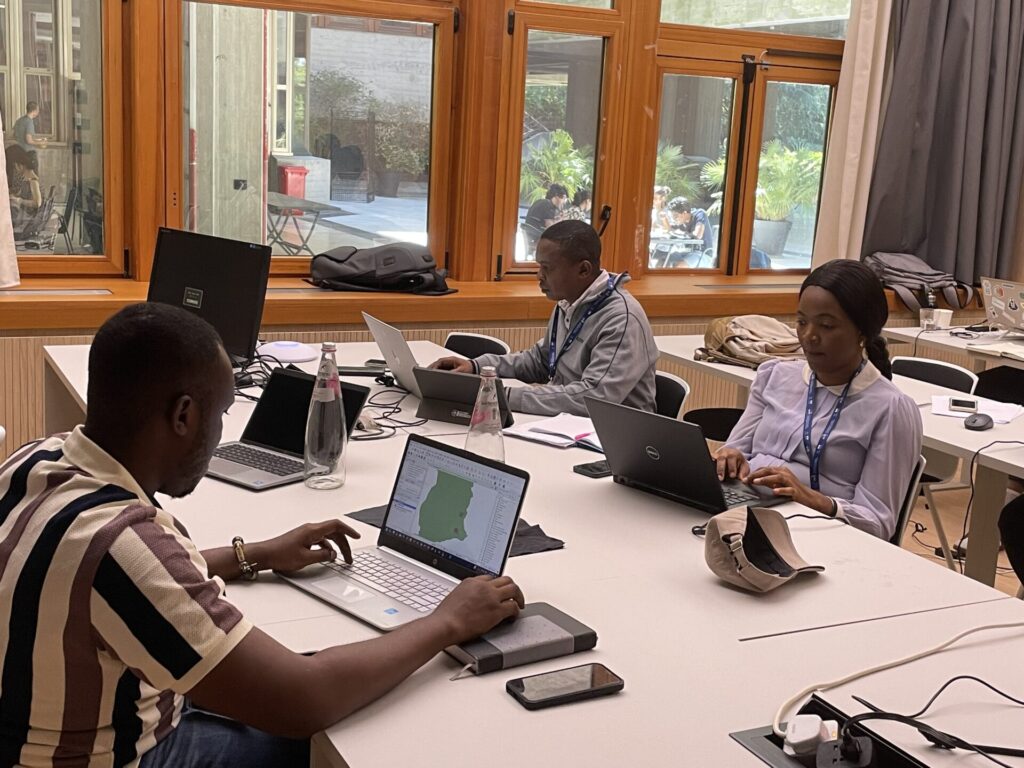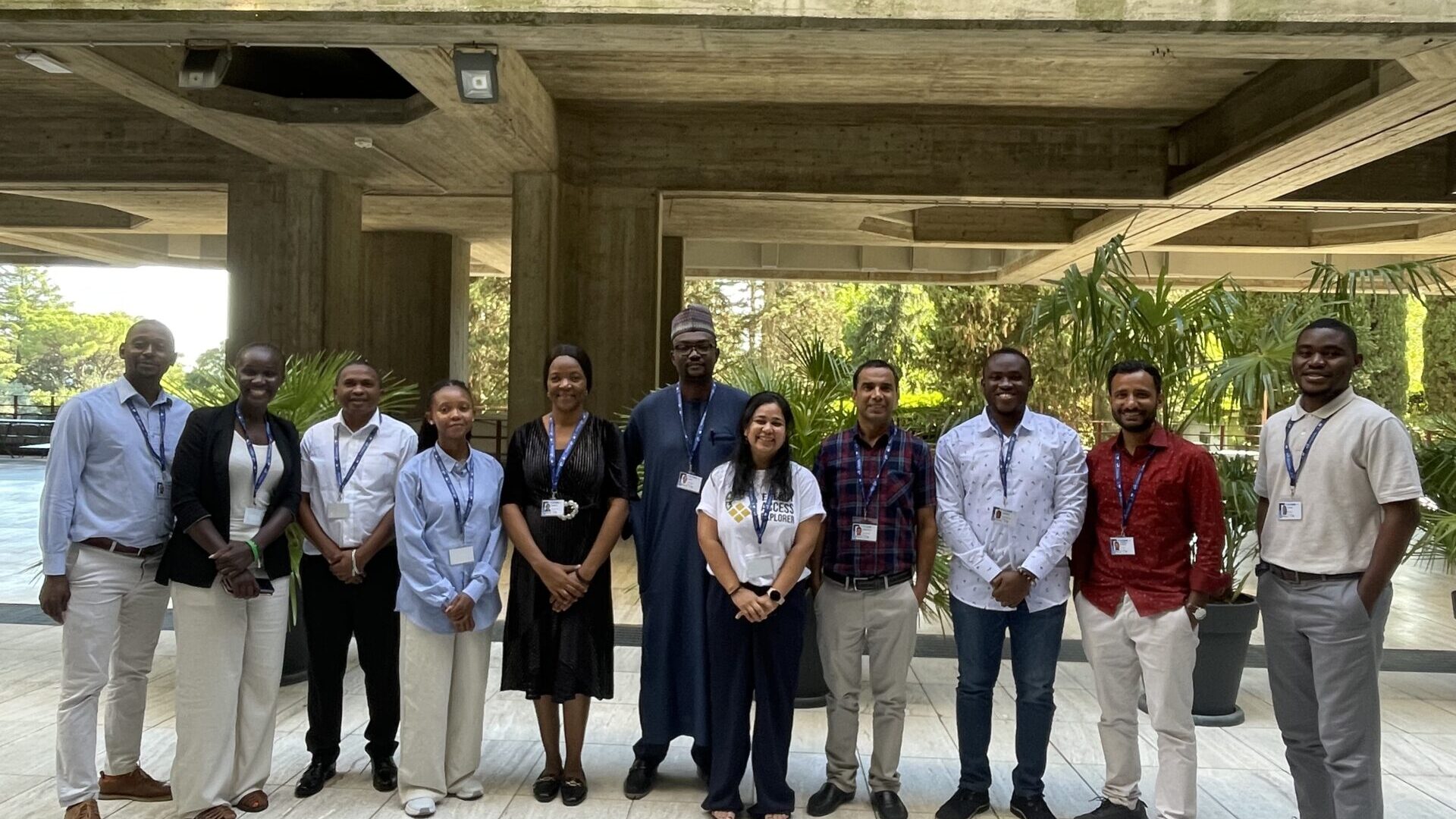Blessing is a Principal Instructor at the National Power Training Institute of Nigeria (NAPTIN), where she has worked for 10 years. She is the only female Instructor in the renewable energy trainers’ team presently. Blessing attended the EMP-G 2025 in Trieste where she learned the Energy Access Explorer planning model. Here she tells us more about her role and her ambitions for energy planning in Nigeria.
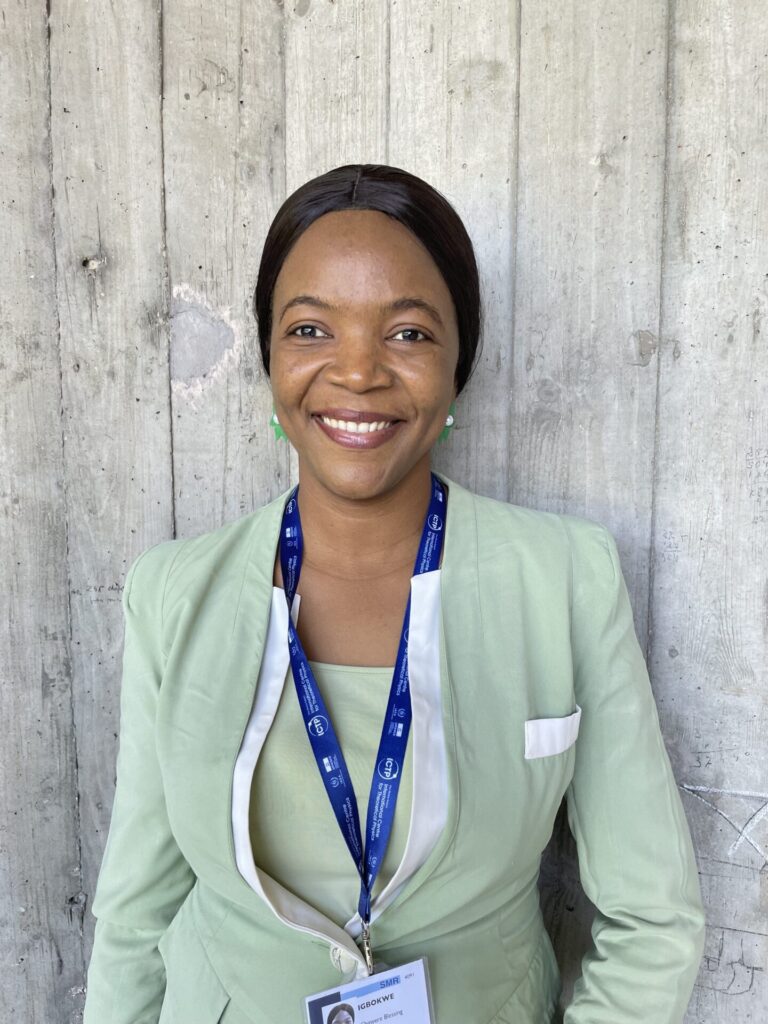
About my role
I work for NAPTIN which has a mandate for capacity building for personnel working in the power sector or wishing to move into it. We provide trainings for artisans and graduates for the power sector workforce, and we also provide refresher and upskilling courses to people already in the sector. Our training covers Power generation, transmission, distribution, the value chain in the energy sector, and also renewable energy courses in solar PV installation, mini-grid development, and others. We’ve been in existence for about 16 years.
We do the training ourselves with some partnership with trainers from utility companies and other international organisations. Our relationship with them ensures that our training and curricula are in line with their needs. We also have some partnership and Memorandum of understanding with some universities in Nigeria.
Attending EMP-G
Last year I was sent for a fully funded women-only training for solar PV installation, and I did so well and completed the training that one of the other women recommended that I apply for this. So, I gave it a shot and applied with the consent of my organization. When I was accepted, I took it to my Director General who was very impressed that I had got a place, and he approved my release. I was funded by CCG.
Before now, there hadn’t been anyone from my organization who had participated in EMP, so it was a groundbreaking moment. I have also informed them about the EMP Nigeria that is coming up soon so I’m doing my best to promote this learning whenever I can.
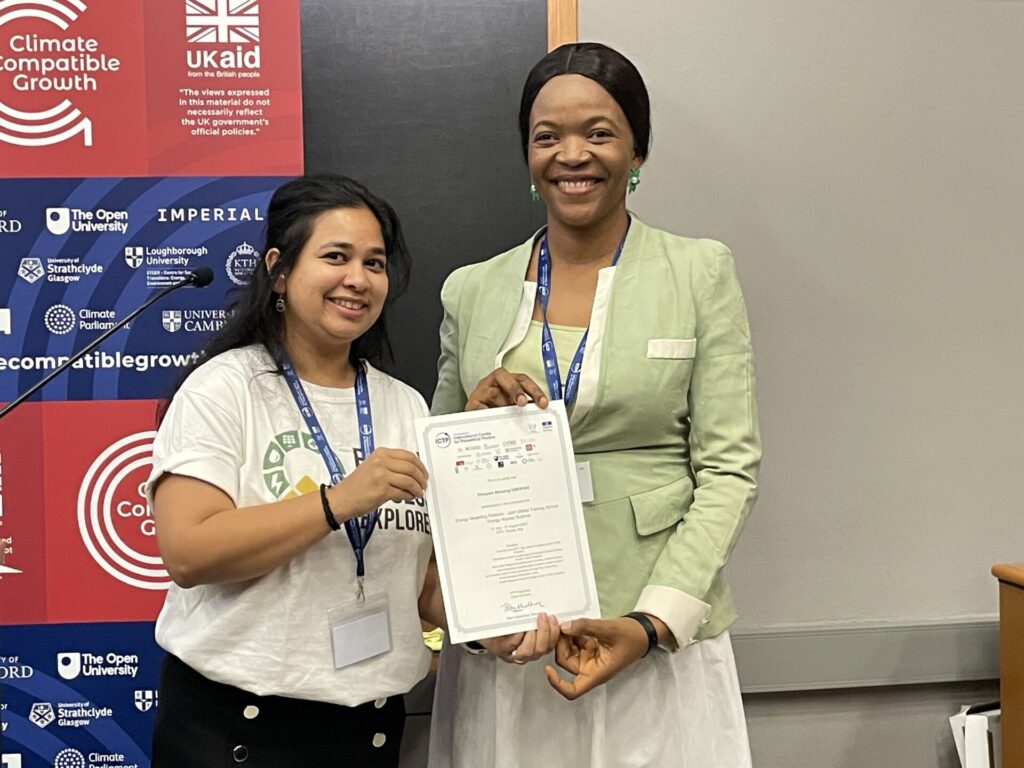
How the knowledge will be used
Whenever I’m training in Solar PV and we come to energy access, we discuss theoretically how the solar irradiation is distributed nationwide, but there hasn’t been any model for students to play with and see how that can help them make a decision on where to put their next solar PV installation.
Going through this EMP – and specifically Energy Access Explorer – will change my methodology of training. From now on, I’m always going to bring the model into my Solar PV courses so that the trainees can see if their proposed location is even suitable for solar installation or siting a mini grid. What I want to do is to introduce EAE generally to my fellow instructors and cascade my knowledge to them to see how we can incorporate it into our training. We have about 14 trainers at the Corporate Headquarters Abuja here but in our centres across the nation we have about 75.
Something else of interest is that we also train professionals who work in other power sector agencies. They are at the forefront of electrification, but we are the trainers so if we master it as trainers, we can introduce them to modelling tools as well.
Generally, we have other partnerships with NEMSA (Nigerian Electricity Management Services Agency), REA (Rural Electrification Agency of Nigeria) and the Ministry of Power, so if we can also scale up the modelling conversations with them, before you know it, we are forming a synergy across the whole power sector, and it becomes easier to have that conversation. I hope this is what happens with EMP Nigeria.
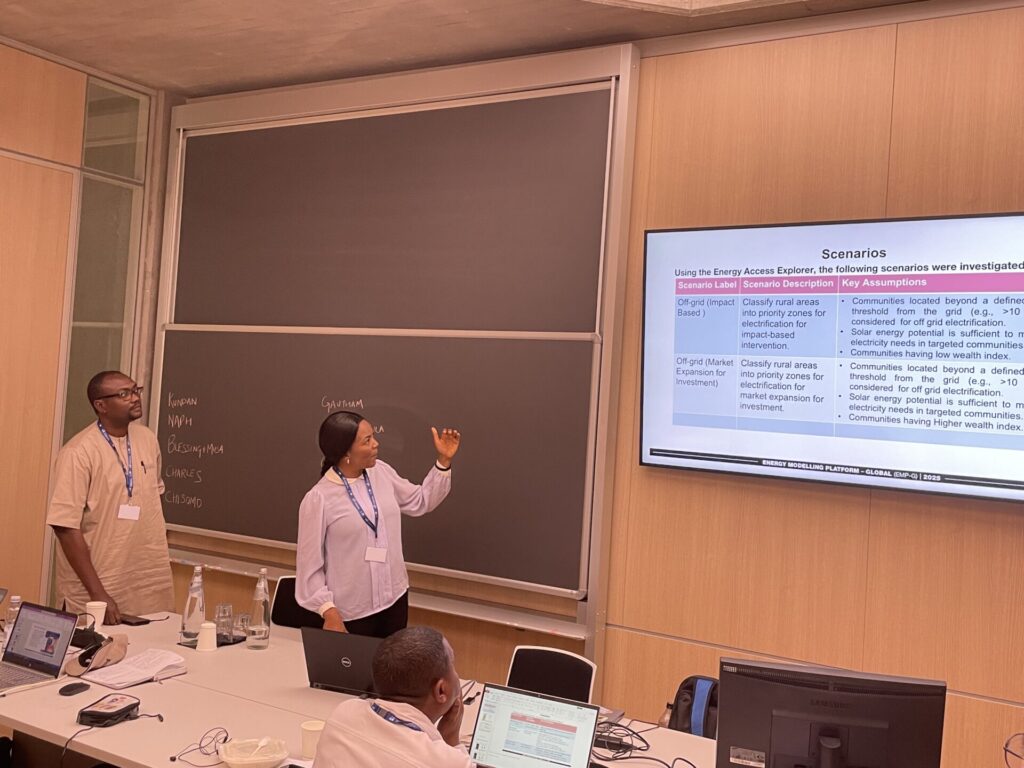
The project at EMP-G
My project was about a data driven approach to off-grid electrification planning. Even though there are interventions by the REA to build mini-grids, and many mini-grids have been built across the board, we don’t actually know the criteria that you need to choose where a mini grid should be sited. So, despite the different interventions by donor agencies, we still see that a section of people are not reached.
Solar is the dominant renewable energy source for us that’s cheap and cost-effective, so EAE helped us map the communities that are very off the grid and also see the abundance of solar irradiation they have. If we can create a ‘map’ of optimum sites, we can prioritize locations when we have interventions by donor agencies or minigrid developers and select the areas that need it most.
We want to benefit those who are poor, living below the wealth index, so we use the EAE and then the relative wealth index to segregate people who do not have access and cannot pay for it, from those who can.
When there are private mini-grid developers, we can say, ‘go to these [wealthier] communities and build your private profit-based mini-grid’. That way we get an inclusive approach to off-grid electrification.
EMP Nigeria
If I was deciding, I would be very intentional about the selection of the people that attend the training because we want people that can influence decision making and policy. If we don’t bring in the right people, we may not achieve what we want to achieve with EMP Nigeria. We must make sure we are bringing people from the key offices that can influence decision making and cascade the knowledge learnt as well as apply the skills.
I would like to see a combined focus on electrification planning as it is the major issue for us.
Last year at EMP some of my colleagues did something on that but they focused on health and the electrification of health facilities. Although our generation capacity is limited at the moment, I think we need to be planning for wider distribution, mini grid electrification and off grid areas. That’s key so that we ensure that we get projects that last and serve those that truly deserve to have it.
